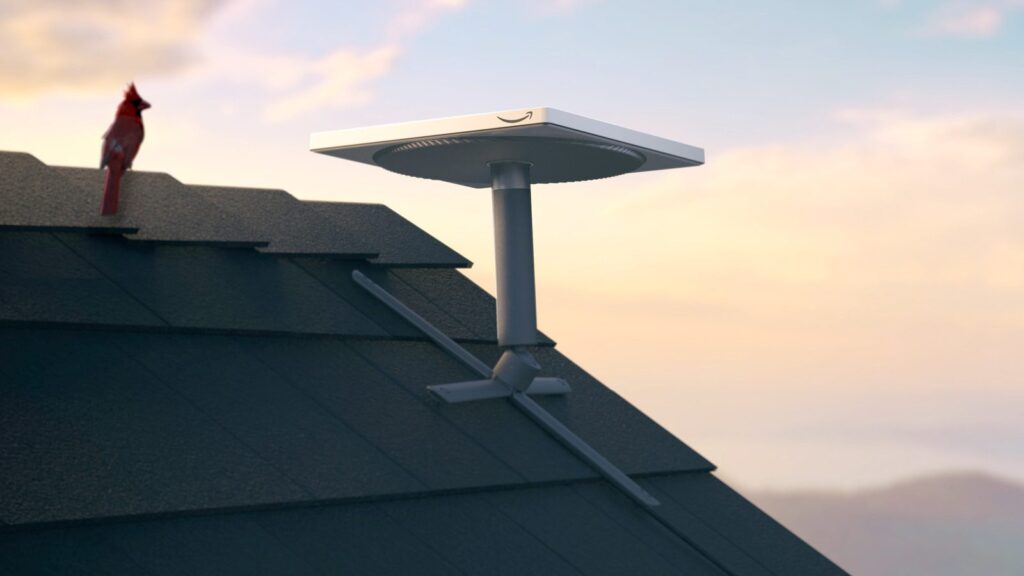Amazon’s satellite internet service, Project Kuiper, recently showcased impressive gigabit-level download speeds in a new demo, signaling its intention to compete with SpaceX’s Starlink.
In a demonstration shared by Project Kuiper head Rajeev Badyal on LinkedIn, the service achieved an impressive 1,289 Mbps on Ookla’s Speedtest.net. This milestone was made possible using Kuiper’s enterprise-grade customer terminal, which Amazon has specifically designed to support 1 Gbps connections. While the company’s standard dish is expected to reach a maximum of 400 Mbps, similar to Starlink’s current consumer hardware capabilities.
However, it’s important to note that the demo does not reflect real-world conditions. With just over 100 satellites currently in orbit and no customers connected to the network yet, Kuiper has ample spare capacity. Once the system becomes operational and starts serving users simultaneously, performance may vary.
Amazon only launched its first Kuiper satellites in April and still needs to deploy more to provide continuous service. The company has not announced a specific customer launch date, but it is already participating in government broadband funding alongside Starlink. U.S. states like Wyoming are leveraging Kuiper to connect underserved areas with speeds of at least 150 Mbps.
Meanwhile, Starlink continues to innovate. In June, the company introduced its new $1,999 Performance kit, which currently offers speeds of up to 400 Mbps and promises a future upgrade to gigabit speeds through software updates next year. SpaceX has been working diligently to enhance Starlink’s speeds, with its next-generation V3 satellites expected to deliver gigabit-level performance once they begin launching.
Amazon has indicated that it will release more test results soon, including Kuiper’s upload speed tests. The recent gigabit demo underscores the company’s commitment to establishing itself as a formidable competitor to Starlink in the satellite internet market.

